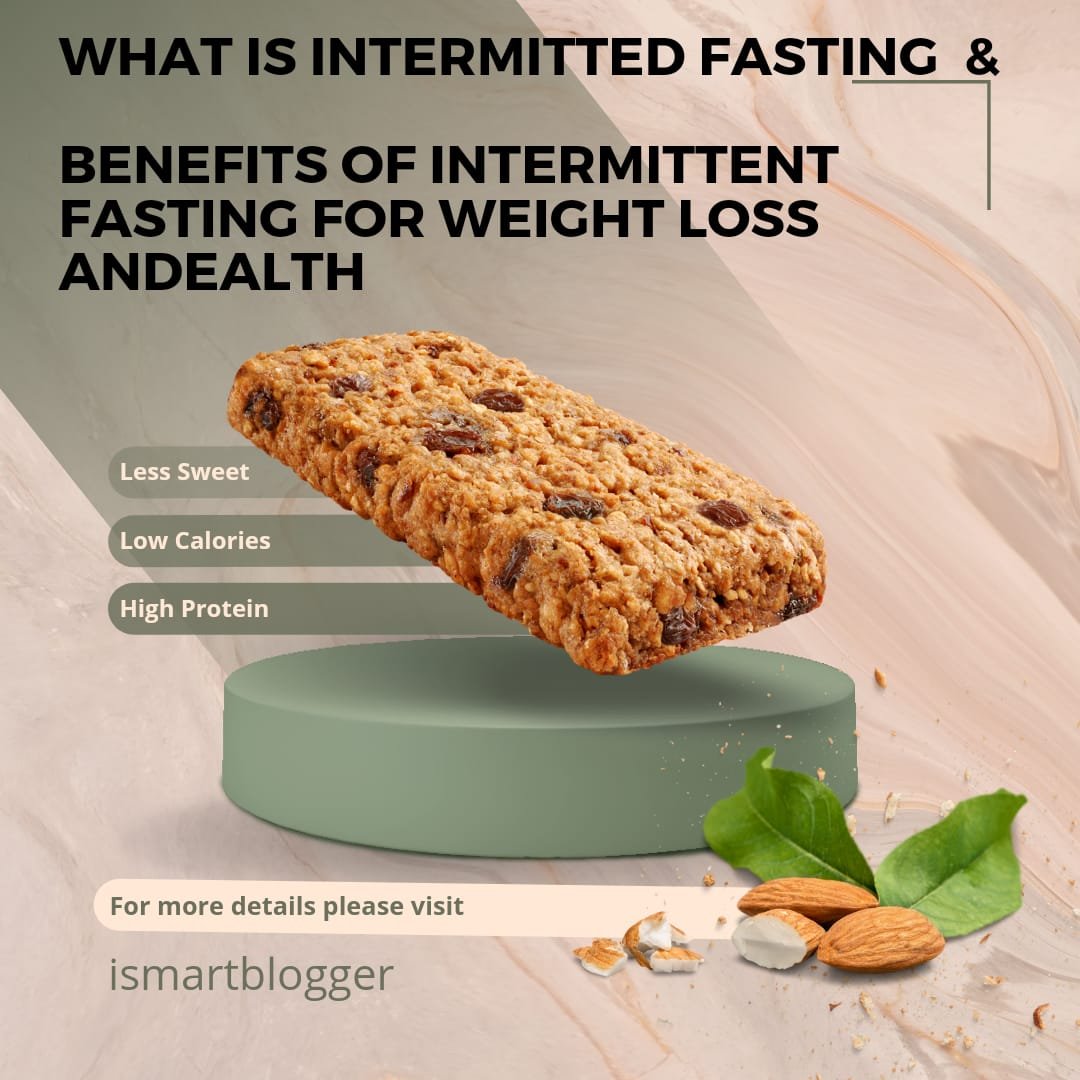Discover the profound impact of Intermittent Fasting (IF) on weight loss and health. This dietary approach, involving alternating fasting and eating periods, has surged in popularity. Learn about the diverse IF methods like the 16/8, 5:2, and alternate day fasting. Find out how IF supports weight loss by reducing overall calorie intake and fostering metabolism. Explore its other health benefits, including improved insulin sensitivity, reduced inflammation, and enhanced brain function. Unveil the secrets to incorporating IF into daily life and the best practices to make it sustainable. Unravel the diverse forms of IF and ways to choose the right type suiting individual preferences and goals.
Intermittent fasting (IF) has gained significant popularity in recent years as a dietary pattern that involves alternating periods of fasting and eating. The most common types of IF include the 16/8 method, 5:2 method, and alternate day fasting. While IF is often associated with weight loss, it has several other health benefits as well. In this blog post, we’ll discuss the benefits of intermittent fasting for weight loss and health, the different types of IF, and tips for incorporating it into your lifestyle.
1.Benefits of Intermittent Fasting for Weight Loss:
Intermittent fasting can help you lose weight by reducing calorie intake and boosting metabolism. By restricting the time window in which you eat, you consume fewer calories overall, which can lead to weight loss. Research has shown that IF can be an effective weight loss tool, with one study finding that those who followed the 16/8 method lost an average of 4% of their body weight over a 12-week period.
To incorporate IF into your weight loss plan, it’s important to start slowly and gradually increase the fasting period. You should also ensure that you stay hydrated during fasting periods and consume nutrient-dense foods during eating periods.
2.Benefits of Intermittent Fasting for Health:
IF has several health benefits, including improved insulin sensitivity, reduced inflammation, increased autophagy, improved brain function, and lowered risk of heart disease. Improved insulin sensitivity can lower blood sugar levels and reduce the risk of type 2 diabetes. Reduced inflammation is associated with chronic diseases such as heart disease, cancer, and Alzheimer’s disease. Increased autophagy may have anti-aging effects and protect against age-related diseases. Improved brain function can protect against neurodegenerative diseases such as Alzheimer’s and Parkinson’s disease. Lowered risk of heart disease is associated with reduced blood pressure, triglycerides, and LDL cholesterol.
Studies have shown that IF can be used as a tool for disease prevention and may be particularly beneficial for those at risk of chronic diseases such as type 2 diabetes, heart disease, and cancer.
3.Different Types of Intermittent Fasting:
There are several different types of IF, including the 16/8 method, 5:2 method, and alternate day fasting. The 16/8 method involves fasting for 16 hours and eating within an 8-hour window. The 5:2 method involves eating normally for 5 days and restricting calorie intake to 500-600 calories for 2 non-consecutive days. Alternate day fasting involves alternating between days of normal eating and days of fasting, where calorie intake is restricted to 500-600 calories.
It’s important to choose the right type of IF for your individual needs and goals. For example, those who struggle with hunger may prefer the 16/8 method, while those who prefer more structure may prefer the 5:2 method. It’s also important to address common concerns about IF, such as hunger and energy levels.
4.How to Incorporate Intermittent Fasting into Your Lifestyle:
Incorporating IF into your lifestyle can be challenging, but there are several practical tips to make it easier. Starting slowly and gradually increasing the fasting period can make it easier to adjust. Staying hydrated during fasting periods is also important. Being flexible and adjusting your eating and fasting periods to fit your lifestyle can help you stick to your IF plan.
It’s important to address common pitfalls and challenges of IF, such as social situations, cravings, and scheduling. Planning ahead and having healthy snacks on hand can help you stay on track during challenging situations.
5.Different Types of Intermittent Fasting:
Intermittent fasting comes in different forms, and choosing the right type of fasting plan can be essential for achieving your weight loss or health goals. Here are some of the most popular types of intermittent fasting:
16/8 Method:
This method involves eating within an 8-hour window and fasting for the remaining 16 hours. It is one of the most common forms of intermittent fasting and can be easily incorporated into daily life. For instance, if you eat your last meal at 8 p.m. and skip breakfast, you can break your fast at noon.
5. 2 Method:
This approach involves eating normally for five days and restricting calorie intake to 500-600 calories for two non-consecutive days. On these two days, you can eat small meals or snacks throughout the day or have one larger meal.
Alternate Day Fasting:
This method involves alternating between days of normal eating and days of fasting, where calorie intake is restricted to 500-600 calories. For instance, you could eat normally on Monday, fast on Tuesday, eat normally on Wednesday, and so on.
Choosing the right type of intermittent fasting depends on individual preferences, lifestyle, and goals. It is important to start slow and gradually increase the fasting period to avoid potential side effects. It is also important to consult with a healthcare professional before starting any fasting plan.
6. How to Incorporate Intermittent Fasting into Your Lifestyle:
Incorporating intermittent fasting into your lifestyle can be a challenge, especially in the beginning. However, with some tips and strategies, you can make the transition easier and more sustainable. Here are some tips on how to incorporate intermittent fasting into your daily life:
Start slowly:
Begin with shorter fasting periods, such as 12 hours, and gradually increase the fasting period as your body adapts.
Stay hydrated:
Drink plenty of water, unsweetened tea, or black coffee during the fasting period to keep yourself hydrated and reduce hunger.
Be flexible:
Intermittent fasting does not have to be rigid. It is okay to shift the fasting window to accommodate social events or special occasions.
Listen to your body:
Pay attention to how your body responds to intermittent fasting. If you experience dizziness, headaches, or other side effects, adjust the fasting plan accordingly or consult with a healthcare professional.
Stick to healthy foods: When breaking your fast, choose healthy, whole foods such as fruits, vegetables, whole grains, and lean protein sources.
7.Conclusion
Intermittent fasting is a popular dietary approach that has numerous health benefits, including weight loss, improved insulin sensitivity, reduced inflammation, increased autophagy, improved brain function, and lowered risk of heart disease. However, it is not suitable for everyone, and it is important to consult with a healthcare professional before starting any fasting plan.
If you decide to try intermittent fasting, start slowly, stay hydrated, be flexible, listen to your body, and stick to healthy foods. With these tips, you can make intermittent fasting a sustainable and effective part of your lifestyle.





